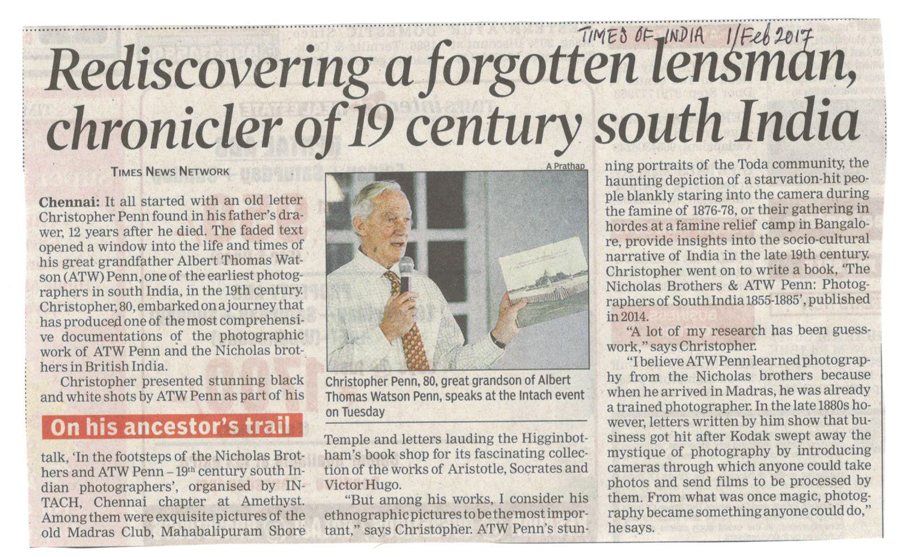
Rediscovering the South’s Forgotten Crafts: Then & Now
The humid air hangs heavy with the scent of magnolia and pine, a scent that clings to the very fabric of the South. But beyond the iconic imagery of antebellum mansions and sprawling cotton fields lies a richer, more nuanced story – one woven thread by thread through the hands of artisans who kept alive a legacy of forgotten crafts. From intricate basket weaving to the delicate art of quilting, these traditions, once integral to Southern life, faced near-oblivion in the face of industrialization. Yet, a quiet resurgence is underway, a rediscovery fueled by a yearning for authenticity and a renewed appreciation for the human touch.
A Tapestry of Time: The Crafts of Yesterday
Imagine a time before mass production, when everyday objects held a story, a history etched into their very being. Think of the sturdy, hand-hewn chairs that graced Southern porches, their strength a testament to the skill of the woodworker. Picture the vibrant hues of hand-dyed fabrics, their patterns reflecting generations of knowledge passed down through families. These weren’t just objects; they were expressions of artistry, resilience, and community.
-
Basket Weaving: From the supple willow branches of the Lowcountry to the sturdy reeds of the Mississippi Delta, basket weaving was essential for everyday life, used for everything from harvesting crops to storing provisions. Each weave told a tale, a silent conversation between the artisan and the materials.
-
Quilting: More than just bedding, quilts were narratives stitched in vibrant fabrics. Each pattern, each color, held meaning – a family history, a cherished memory, a whispered hope. The rhythmic stitch was a form of meditation, a testament to patience and skill.
-
Blacksmithing: The clang of the hammer against the anvil echoed through Southern towns, a soundtrack to the creation of tools, gates, and other essential items. The blacksmith was a vital part of the community, a master of metal who shaped both function and art.
-
Pottery: Earthenware, glazed in earthy tones or vibrant hues, served both practical and decorative purposes. The wheel, a simple yet powerful tool, transformed humble clay into vessels of beauty and utility.
| Craft | Then | Now |
|---|---|---|
| Basket Weaving | Essential for daily life, functional | Revived as art, unique home décor, workshops |
| Quilting | Family history, practical, community based | Art form, heirloom pieces, modern interpretations |
| Blacksmithing | Essential for tools and structures | Niche craft, custom metalwork, artistic forging |
| Pottery | Functional & decorative, local markets | Studio pottery, art fairs, online sales |
The Seeds of Revival: A Modern Renaissance
The 20th century saw the decline of many traditional Southern crafts, overshadowed by mass production and the allure of the modern. Yet, the embers never fully died. A growing appreciation for handcrafted goods, a desire for sustainability, and a longing for connection to the past are fueling a powerful resurgence. Young artisans are embracing these traditions, infusing them with their own creativity and vision, while older craftspeople continue to share their expertise, ensuring these skills are passed to the next generation.
The Future of Southern Crafts: A Sustainable Legacy
The future of these crafts isn’t just about preserving the past; it’s about shaping a sustainable future. By supporting these artisans, we’re not only acquiring unique, handcrafted pieces but also contributing to the preservation of cultural heritage and economic opportunity within Southern communities. Workshops, apprenticeships, and online platforms are bridging the gap between tradition and modernity, ensuring these skills continue to flourish for generations to come. The rhythm of the hammer, the gentle click of the needle, the whisper of the willow branch – these sounds, once fading into silence, are finding their voices again, creating a vibrant tapestry of art, heritage, and hope for the future of the South.

Additional Information
Rediscovering the South’s Forgotten Crafts: A Deeper Dive into Then & Now
The resurgence of interest in Southern crafts represents more than a nostalgic trend; it’s a complex interplay of economic, social, and cultural factors reshaping the region’s identity and economy. While a surface-level examination might focus on the romanticism of preserving tradition, a deeper analysis reveals a multifaceted story encompassing preservation efforts, economic viability, authenticity concerns, and the evolving relationship between craft and consumerism.
Then: A Legacy Undermined:
The decline of Southern crafts in the mid-20th century wasn’t a singular event but a confluence of factors:
- Industrialization and Mass Production: The post-war boom saw the rise of mass-produced goods, significantly cheaper and more readily available than handcrafted items. This rendered many traditional crafts economically unsustainable, forcing artisans to abandon their practices. For example, the once-thriving basket-making industry in Appalachia faced severe competition from cheaper, imported baskets.
- Urbanization and Migration: The Great Migration and subsequent urbanization led to a significant shift in population, drawing people away from rural areas where many crafts were traditionally practiced. This disruption severed the generational transmission of skills and knowledge.
- Lack of Support Infrastructure: Limited access to markets, funding, and training opportunities hampered the growth and sustainability of craft businesses. Artisans often lacked the business acumen or resources to compete effectively in a changing marketplace.
Now: A Renaissance of Craft?:
The recent renewed interest in Southern crafts presents both opportunities and challenges:
- The Rise of the “Handmade” Movement: A growing consumer preference for unique, handcrafted items, fueled by the maker movement and online marketplaces like Etsy, has created new avenues for Southern artisans. This allows for direct-to-consumer sales, bypassing traditional retail channels and potentially achieving higher profit margins. However, this also necessitates digital literacy and marketing skills, potentially excluding some older artisans.
- Tourism and Heritage Preservation: The burgeoning tourism industry in the South has highlighted the importance of cultural heritage, including crafts. Many historical sites and museums are incorporating craft demonstrations and workshops into their programs, contributing to both economic benefits for artisans and public awareness of their skills. For example, the success of craft-focused tourism in Asheville, North Carolina, showcases this potential.
- Authenticity and Cultural Appropriation: As the demand for Southern crafts increases, concerns about authenticity and cultural appropriation are rising. The line between genuine craft and mass-produced imitations can be blurry, leading to ethical dilemmas. The use of traditional designs and techniques by non-Southern artisans also requires careful consideration and respectful engagement with the originating communities.
- Economic Viability and Sustainability: While the resurgence offers hope, economic sustainability remains a challenge. Many artisans struggle with pricing their work appropriately to cover their costs and achieve a living wage. Furthermore, fluctuating consumer demand and competition can create instability. Support from government grants, cooperatives, and community initiatives is crucial in addressing these economic concerns.
Case Study: The Appalachian Basketweaving Revival:
The Appalachian basketweaving tradition, decimated by industrialization, is slowly being revived through a combination of efforts. Organizations like the Appalachian Sustainable Agriculture Project are providing training and market access support to weavers. Simultaneously, a growing appreciation for the unique artistry and ecological sustainability of handwoven baskets is fueling consumer demand. However, challenges persist in ensuring fair wages and protecting traditional techniques from being diluted by mass-market trends.
Conclusion:
Rediscovering the South’s forgotten crafts is a complex process that requires a multi-pronged approach. Simply reviving traditional practices isn’t enough; sustainable economic models, robust support structures, and an ethical awareness of authenticity and cultural sensitivity are crucial for ensuring the long-term survival and prosperity of these valuable traditions. Further research focusing on the economic impact of craft revitalization initiatives, the effectiveness of different support mechanisms, and the long-term preservation of traditional knowledge and skills is essential for a truly comprehensive understanding of this evolving landscape.






